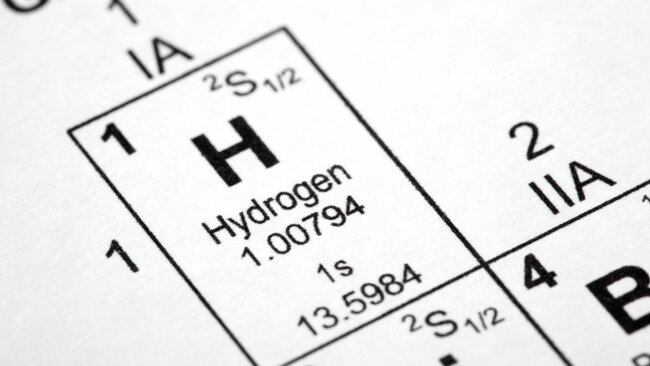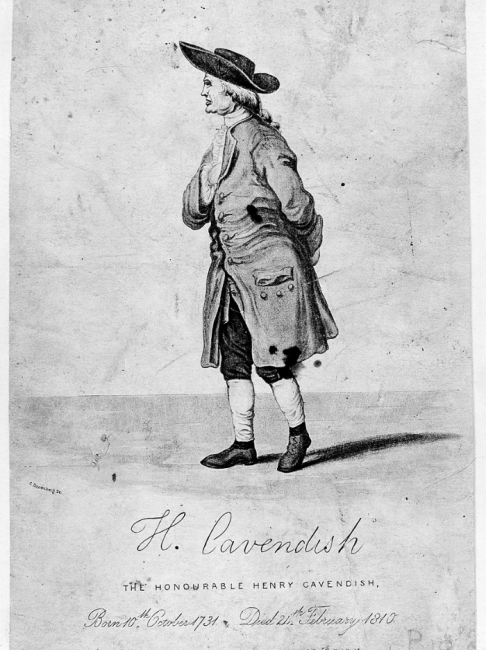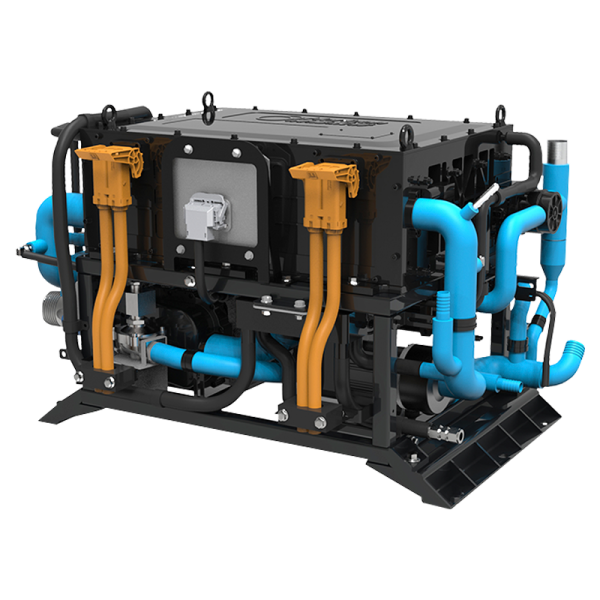Hydrogen is best known nowadays as a sustainable fuel. Powering fuel cell stacks that are used in everything from long-distance trucking to spacecraft – hydrogen is the most common renewable energy fuel out there today. Below, you’ll find all the information you need to know about who first discovered hydrogen.
What is hydrogen?
Hydrogen is the most common element in the universe – by some estimates, it is said to make up around 90% of all observable matter. Stars across the universe use hydrogen as the raw fuel – ‘burning’ it to produce energy. Our own sun is powered by hydrogen – using nuclear fusion, the sun is constantly burning hydrogen in its core. Every second, in fact, the sun converts around 620 million metric tons of hydrogen are converted into helium. This means all energy on Earth – and all energy humans need for survival – ultimately comes from hydrogen in the sun.

Who First Discovered Hydrogen?
Historians believe hydrogen gas was first created by Irish polymath Robert Boyle as early as 1671. While conducting experiments between iron lings and dilute acids, Boyle inadvertently created hydrogen gas (despite not knowing the substance he had produced).
The title of ‘discovering’ hydrogen usually goes to Henry Cavendish. In 1766 Cavendish published an article titled “On Factitious Airs” which described an experiment where he dropped metals like zinc and iron into a hydrochloric acid solution to create a flammable gas which would later be classified as hydrogen. The gas he isolated – which would later be called hydrogen – was 7 to 11 times lighter than air. It’s for this reason that hydrogen was to keep airships afloat in the early part of the 20th century.
Cavendish then discovered he could burn this new gas to produce oxygen and water – hence the name ‘hydrogen’ (Greek 'hydro' and 'genes' means ‘water forming’).
Modern fuel cell stacks that run on hydrogen also do justice to the name 'hydro' and 'genes' – as through generating electricity, the only by-product produced is pure water.

From Hydrogen to Fuel Cells
Only a few decades after hydrogen was discovered by Cavendish, British chemist Sir Humphrey Davy created the world’s first fuel cell in 1802 – although it was small, it generated enough power to give a human a small electric shock.
The title ‘father of the fuel cell’ usually goes to British physical scientist Sir William Grove. Grove’s new type of electric cell – called ‘the Grove cell’ – used zinc and platinum electrodes separated by a ceramic pot. This set-up – two electrodes separated by a membrane – is at the core of all modern fuel cells.
Grove’s fuel cell was an instant hit, especially with the growing telegraph industry. But as Grove’s fuel cells became more popular, users discovered they turned out to emit a poisonousness gas – endangering the health of employees at the offices filled with these cells.
Luckily modern-day fuel cells are one of the cleanest forms of energy generation around – emitting nothing but pure water.
References:
Appleby, A. J. “From Sir William Grove to today: fuel cells and the future,” Journal of Power Sources 29, 3 (1990).


